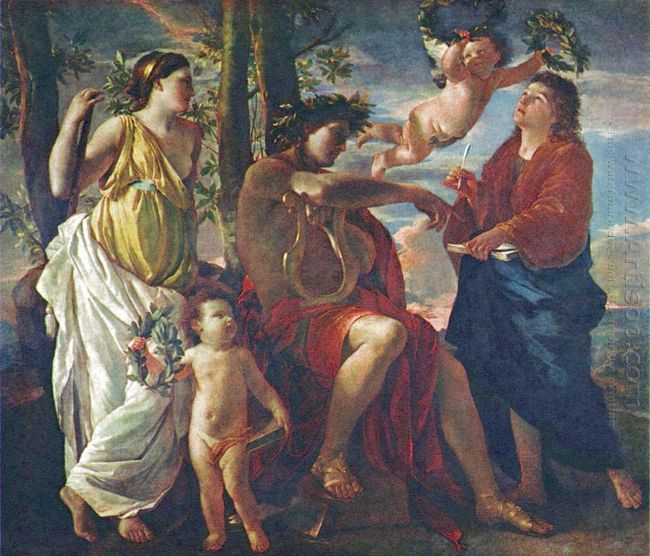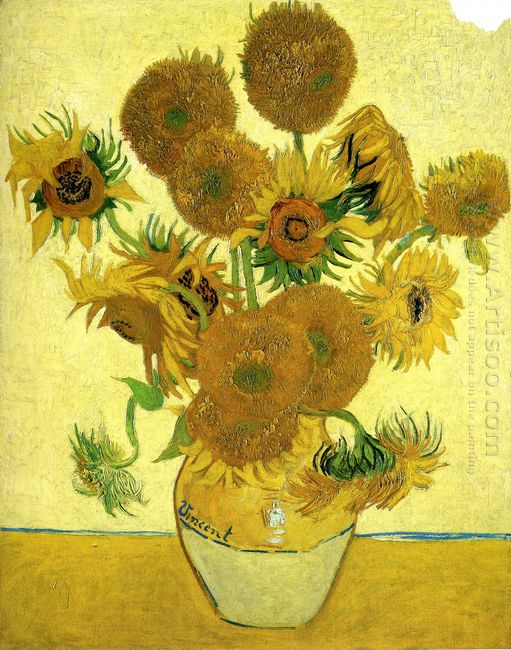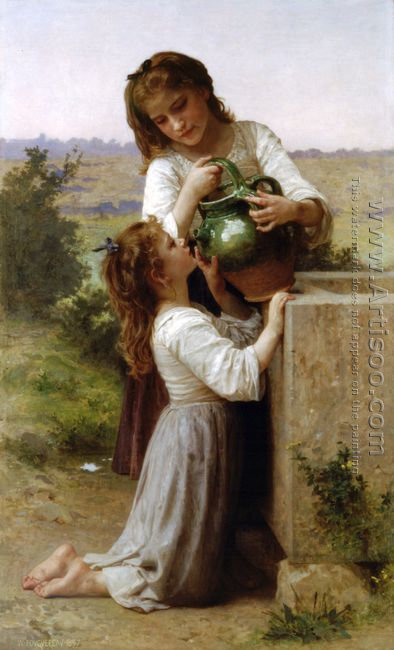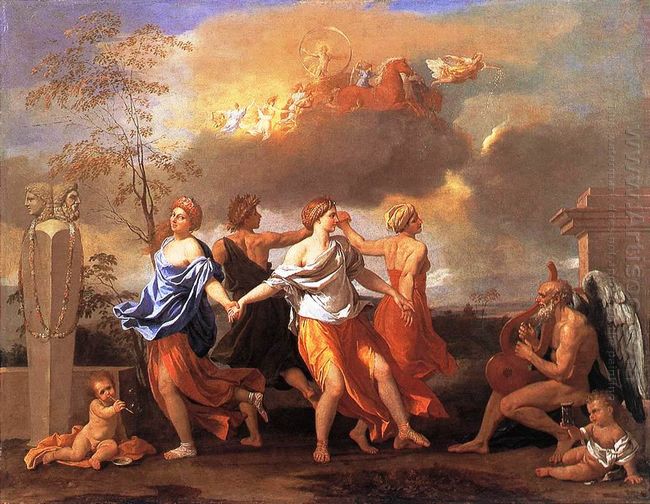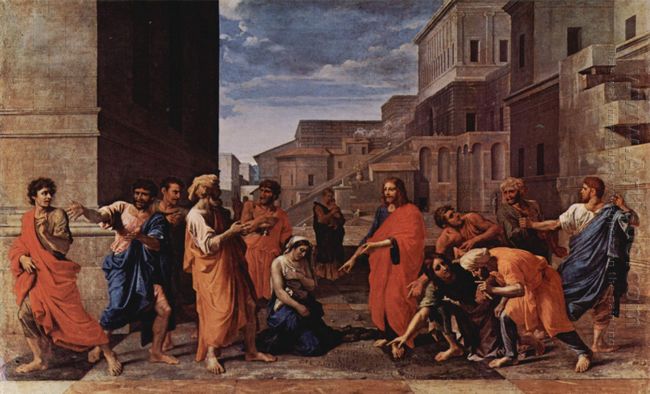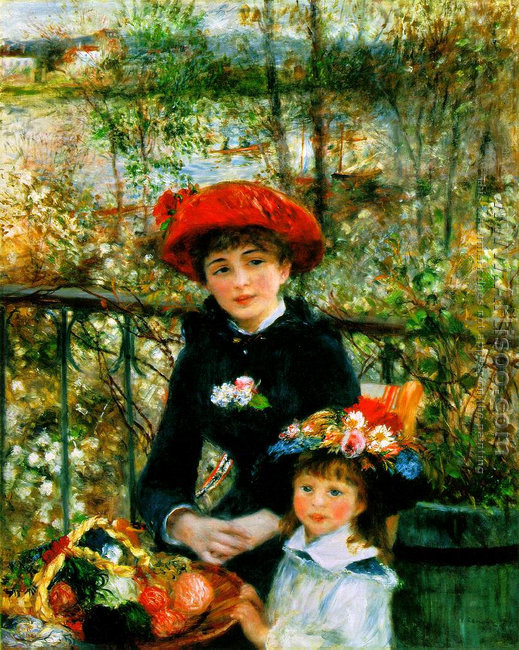Nicolas Poussin was greatest painter in French painting field in the 17th century. He was strongly influenced by the Baroque art and Dominican keno and Titian. The Poet S Inspiration marked the formation of Poussin's artistic style. He seemed to be governed by the classical ration and applied the classical formal beauty to his works.
As can be seen, Poussin controlled his feelings in Poussin paintings and tried not to be moved for his emotions so as to obtain the unity and integrity of the painting. The Poet S Inspiration showed the painter’s romantic and classical temperament and the painter lost his interest in the joyful pastoral scene, replaced by the thinking for the quiet world of art.
This painting stable composition, precise color processing and large dignified modeling resulted in a rare great sense of solemn silence and the features of classical idealism. The sun god Apollo was in charge of light, youth, medicine, animal husbandry, music and poetry. Muse often accompanied with him. Poussin took these characters as the symbols of poetry and music to describe. This was the thinking performance of his worship for classical art. The sun god Apollo in the mythology sat in the middle of the painting. He was a well-built young shepherd wearing a crown, which was the memorial of his failed pursuit of laurel Daphne. Daphne did not make the promise to Apollo, and Daphne turned into a laurel tree. Apollo picked up the laurel into the crown for cherishing. His right hand also supported the heptachord obtained from the messenger of the god Hermes. He was ordering Euterpe to write down the inspiring poems in his heart. Muse who was writing down the poems seemed to have realized something and looked at the sky. The angel and another goddess Muse circled around him and looked forward the outpouring inspiration of Apollo.

